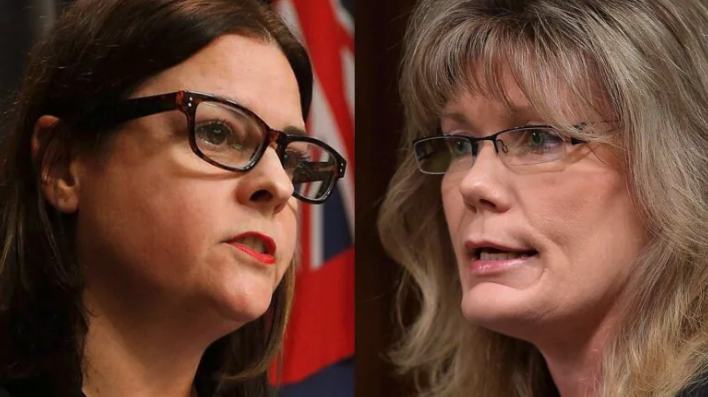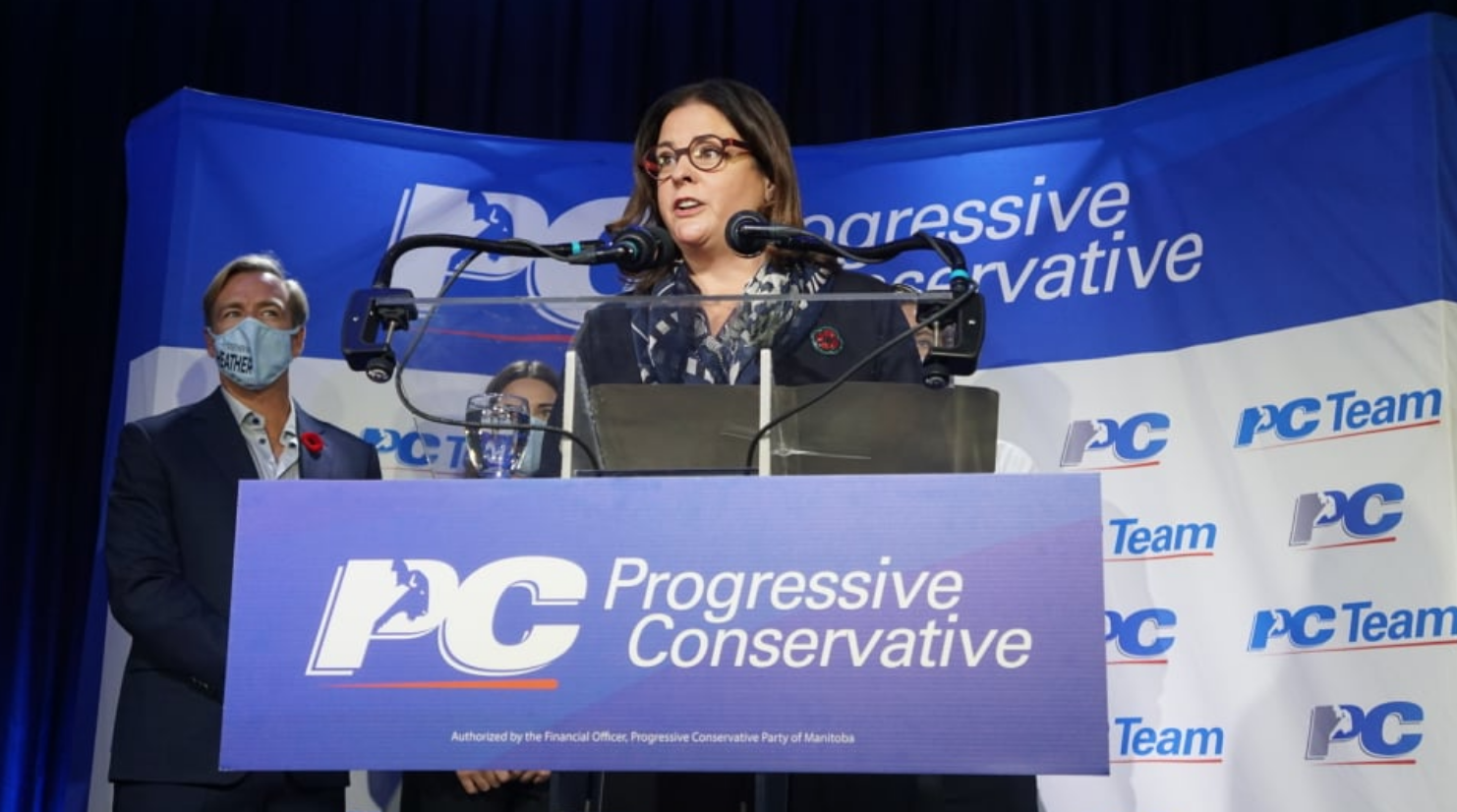It has never been uncommon for provinces to try and blame the federal government for things which they should be doing, but lately, there seems to be a bit of a harder edge to this kind of behaviour as we see particular breakdowns happening across the country. The Council of the Federation Meeting that happened in Winnipeg last week was happening in the backdrop of a particular incident where the provincial government, and premier Heather Stefanson in particular, have decided not to search a landfill outside of the city for the remains of (at least) two Indigenous women, citing health and safety concerns, while also simultaneously daring the federal government not to intervene. This particular kind of daring of the federal government seems to be happening with increasing frequency, without sufficient pushback from the federal government.
The case of the landfill search is particularly emblematic of this approach by premiers, where they know that there is a problem that is squarely within their jurisdiction, but they have no desire to actually do the work to solve it. That the minister of Crown-Indigenous Relations, Mark Miller, has responded to Stefanson at all is fairly unusual, but called Stefanson’s decision not to proceed “heartless,” and pointed out that he can’t just nationalize the landfill in order to do the work, and that it would be logistically impossible without provincial involvement. Stefanson responded by insisting that it was Miller who was trying to politicize the issue and that he was being “irresponsible,” when she politicized it all along by both refusing the search the landfill in spite of the warnings that not doing so would do more harm to the Indigenous communities involved, and in suggesting that the federal government be the ones to do the heavy lifting in her absence.
This is just one incident among many. We did see the premiers essentially engineer a crisis in the healthcare system in order to force the federal government’s hand in giving them more money without any strings attached, while simultaneously engaging in a campaign of outright lies to the general public trying to accuse the federal government of ensuring there won’t be enough doctors in the country, and of course, this was all swallowed whole by credulous legacy media outlets who are allergic to pointing out whose jurisdiction anything belongs to, preferring to instead frame everything as “squabbling” rather than blame-shifting and dereliction of responsibility. But on this attempt, the premiers both overplayed their hands, and allowed their normalcy bias get the best of them, believing that the crisis they engineered wouldn’t be that bad. It was, the system essentially collapsed, and the federal government was able to shove a deal down their collective throats, with some very big strings attached to those dollars.
This is also playing out around the bail reform issue, and the problem of asylum seekers sleeping on the streets of Toronto because they can’t find shelter space, and again, in both cases, the federal government is being blamed when these are both failures of the provinces and to as well as the municipalities. The bail issue is not one where the Criminal Code is a problem, even if the Conservatives and many premiers have successfully managed a disinformation campaign that blamed the former Bill C-75 for the supposed “revolving door” of bail. It was never true—that bill merely codified a number of Supreme Court of Canada decisions around bail (which is a Charter right explicitly tied to the presumption of innocence) and actually made it harder to get bail for offences related to domestic violence. The real problem has always been provinces underfunding their court systems (to say nothing of the social services that would have prevented much of the criminality in the first place), and police not enforcing bail conditions for repeat offenders. But do provinces want to accept that responsibility? Of course not, so they have managed to blame the federal government, and again, credulous legacy media has gone along with it because federal justice minister David Lametti isn’t forceful in pointing out where the provinces are failing.
The asylum seeker issue is another one where the blame is being laid entirely at the feet of the federal government, even though their responsibility lies around refugees who have received status (again, immigration minister Sean Fraser not being very forceful on this fact), though they have provided hundreds of millions of dollars to provinces and municipalities to help them out with these asylum seekers. It does lay bare more problems at the provincial and municipal level, where the province has under-invested in services, and most especially in supportive housing, while the municipality has allowed NIMBYism to keep them from building the kinds of affordable housing units that would be keeping people out of the shelter system to begin with. This is only going to get worse as immigration and refugee resettlement targets increase, while municipalities drag their feet on ensuring that the right kind of housing is being built, and provinces are largely refusing to use their constitutional powers to force the hands of those municipalities to drop restrictive zoning or mandating proper densification, again, content to simply blame the federal government for not ensuring there is proper housing for immigrants (not their responsibility) or going too fast (if they waited for housing to catch up, it would never happen).
Of course, while the provinces are much keener to blame the federal government for their own failings than ever, and far more willing to use outright disinformation to make it stick, the federal government needs to be a lot more serious in pushing back, and in giving the provinces and municipalities the kick in the ass that they need to take their responsibilities seriously. Unfortunately, they refuse to do so because they don’t want to seem like the mean order of government, or like they’re blaming the provinces (rather than just pointing out constitutional realities), and most especially, the messaging politics that they adhere to must always present a positive story, so they mutter some lines about “working together,” and nothing gets done (because the provinces won’t do their jobs), and people like those asylum seekers are caught in the middle. But if federalism is going to work, we need each level of government to actually do their jobs, and not just blame the federal government and get away with doing nothing.









